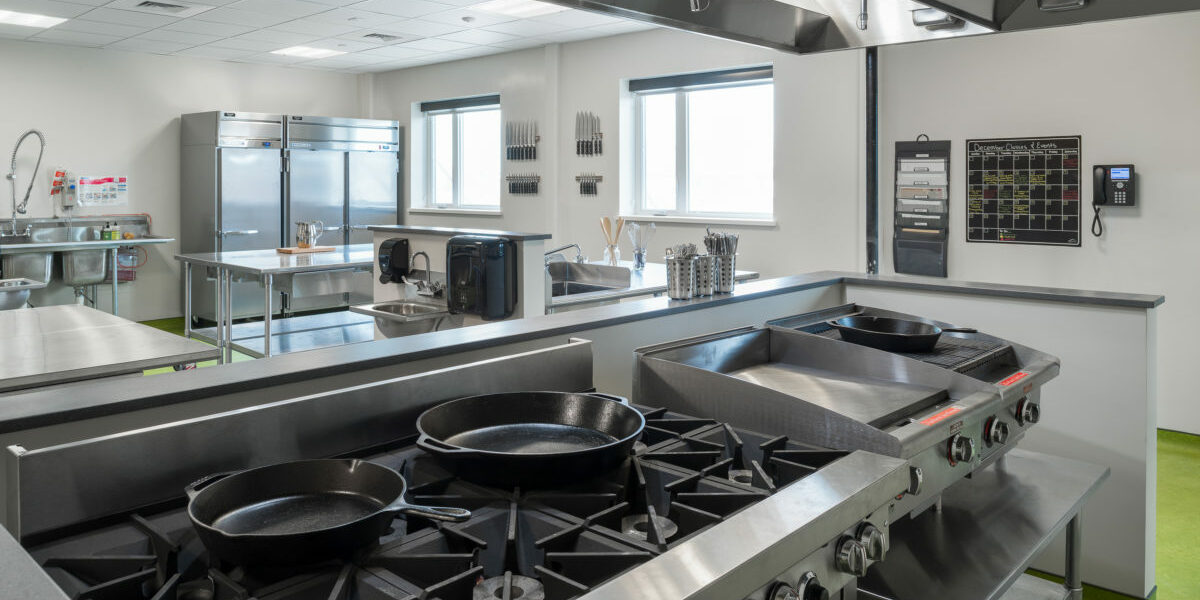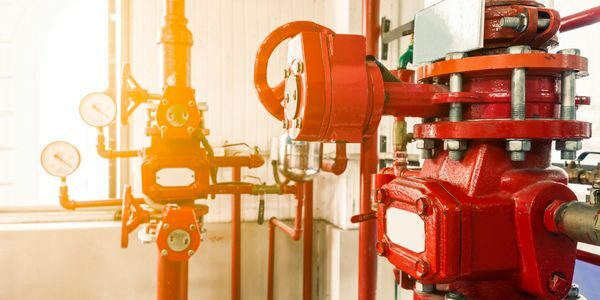Fire Protection

SPRINKLER | DRY PIPE | DRY CHEMICAL | GASEOUS
There's a variety of ways to put out a fire. Each involves two essential variables: the extinguishing agent and the system for applying the agent. A fire consists of 3 components: fuel, heat, and oxygen. Fire suppression involves the removal or reduction of one or more of those components. LN Consulting will evaluate your specific application and design the system ideally suited to removing those components, keeping your building safe.

Commercial Sprinkler Systems
As the single most effective method of protecting property and life from a developing fire, automatic extinguishing systems play an invaluable role in a facility’s life safety system. Most jurisdiction now require the installation of a fire suppression system for all commercial buildings. The most common are systems using water. Water can extinguish fire by cooling the fuel below the temperature at which the fuel can produce flammable vapors. Water also can extinguish by smothering, dilution, and emulsification.
Carbon Dioxide Systems
At room temperature and pressure, carbon dioxide can exist as a vapor or a solid. The evaporation of the vapor in the fire zone removes heat from surroundings. The relative high density of carbon dioxide vapor makes it useful for blanketing the surface of a fuel. The oxygen in the surrounding air physically separates from the surface of a fuel. It's an effective alternative to traditional sprinklers, especially where large-scale electronics are at issue.


Dry & Wet Chemicals
Dry chemicals can extinguish extremely fast if introduced directly into the flaming area. Smothering and cooling result from the application of dry chemical agents, but the primary extinguishing capabilities result from the combustion-chain-reaction-breaking abilities of the dry chemical agent. Ideal for commercial kitchens, wet agents mix with cooking grease to form a foam barrier over the burning fuel. This blanket effect prevents the flammable volatiles from mixing with the oxygen needed for combustion.
